Mojtaba Looni, the director general of Compilation and Facilitation of Regulations Office at SATBA, said that more than 90 percent of the renewable power plants have been built in the underprivileged areas, the Energy Ministry news portal Paven reported.
“Construction of rooftop photovoltaic systems can generate income for the rural household and as a result decrease migration to cities,” he added.
“Investing in the small-scale PV stations can lead to the reduction of power loss in the electricity distribution grid as well, especially in remote rural areas,” Loni said.
The official added that at present, the most number of rooftop solar systems operate in the provinces of Kerman (921 stations), Khorasan Razavi (761 plants) and Isfahan (248 systems).
As previously reported, each photovoltaic panel with one kilowatt capacity can generate 200 kW of power in 30 days. SATBA buys one kilowatt of electricity for 8 cents, meaning households selling one kilowatt can earn $16 per month.
Most rooftop installations have 5kW panels that produce 1,000 kW a month. 5-kW panels make a minimum of $75 per month, reports say.
Expanding solar farms and rooftop photovoltaic power stations will also help reduce consumption of fossil fuels and curb environmental pollutants.
With more than 300 sunny days a year, Iran has huge potential to expand solar farms. Energy experts believe that solar energy decreases production costs as well, compared to thermal power plant construction that are increasingly attracting the strong opposition and ire of environmentalists and conservationists around the globe.
Of the total 81,000 megawatt national capacity, 700 MW comes from renewables.
According to the Energy Ministry data, green energy figures show 42 percent renewable output is from solar, 41 percent wind power, 13 percent small hydroelectric plants, 2 percent geothermal and 2 percent biomass.
HJ/IRIB 2441708


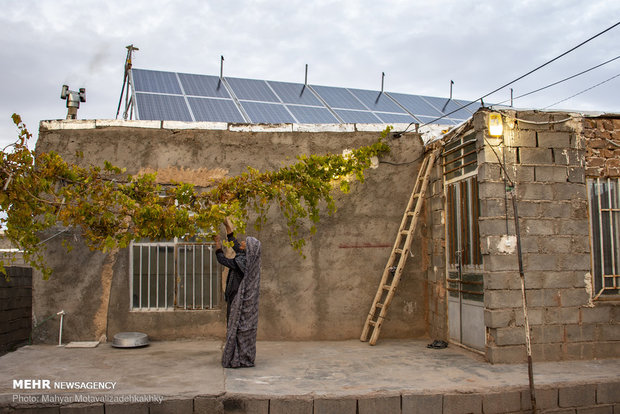






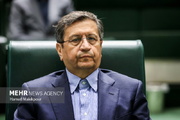
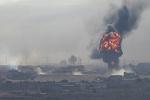
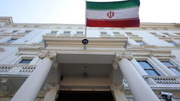
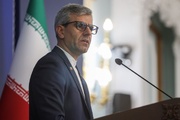









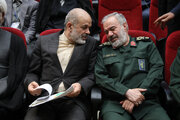



Your Comment